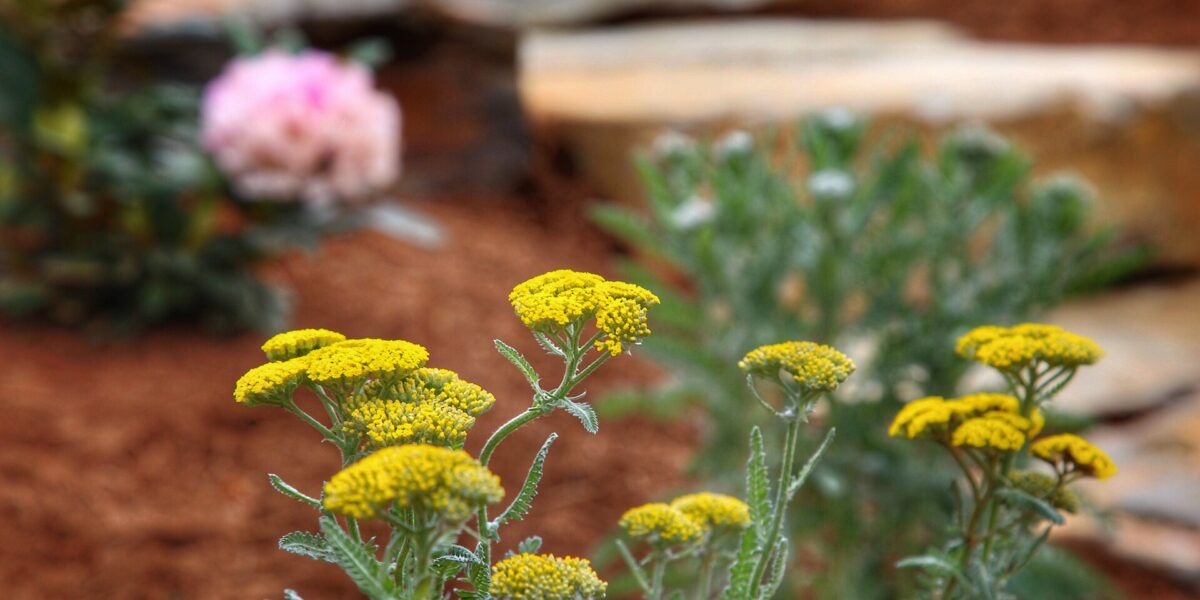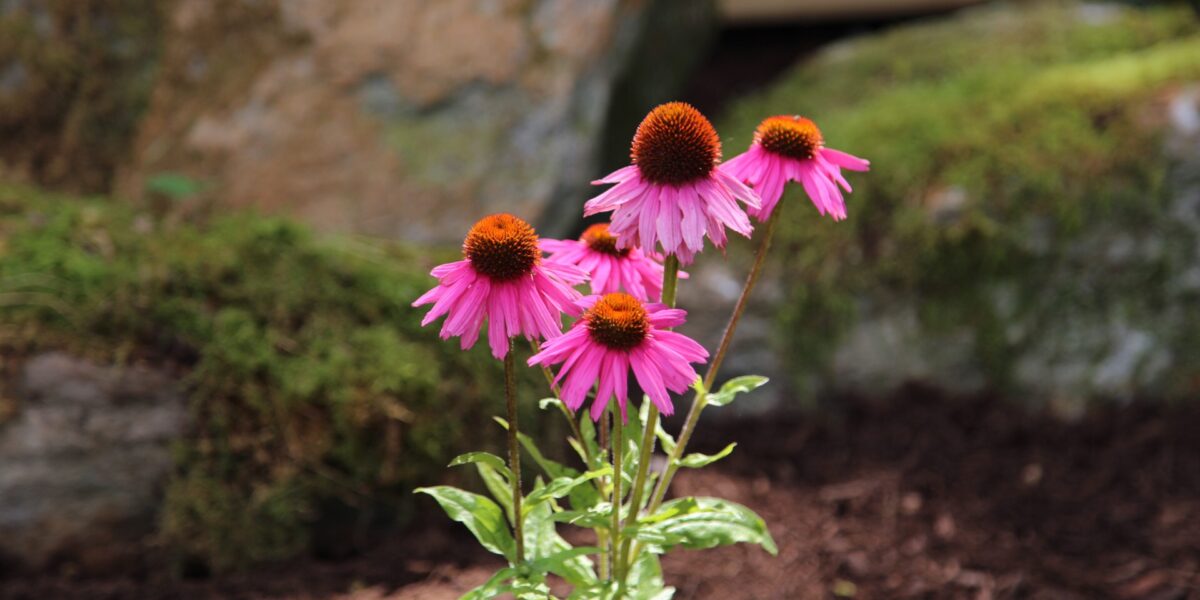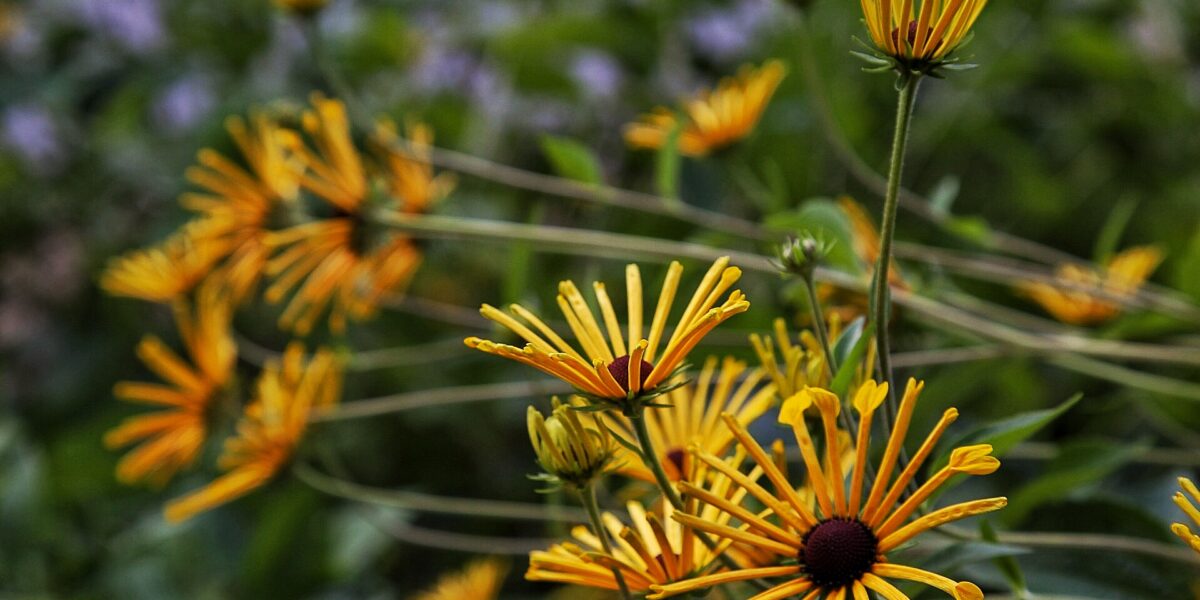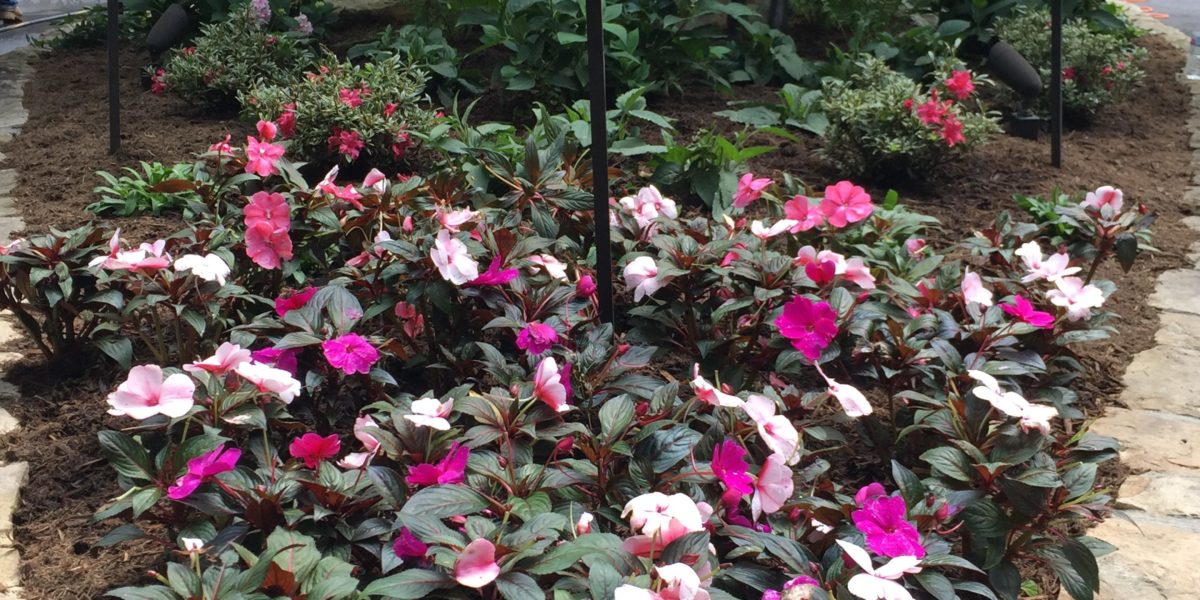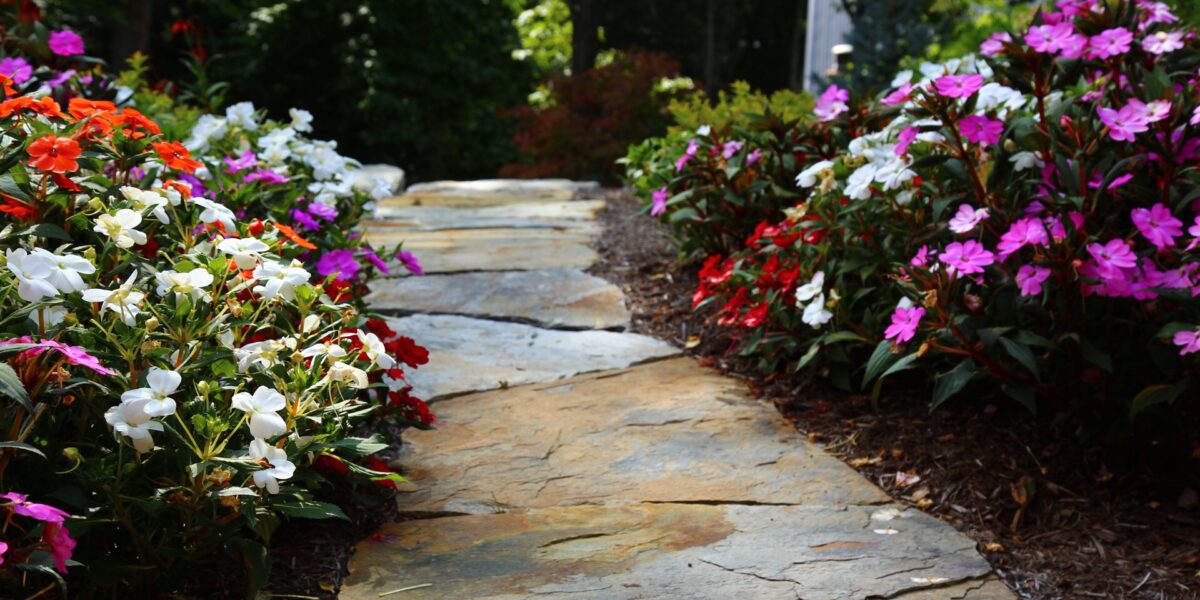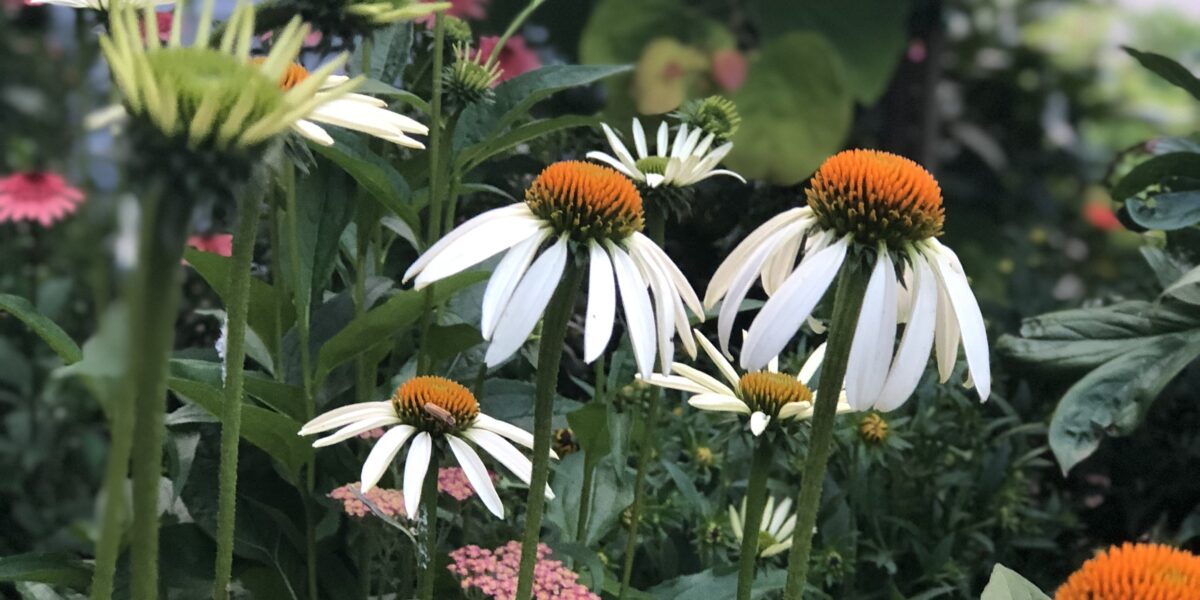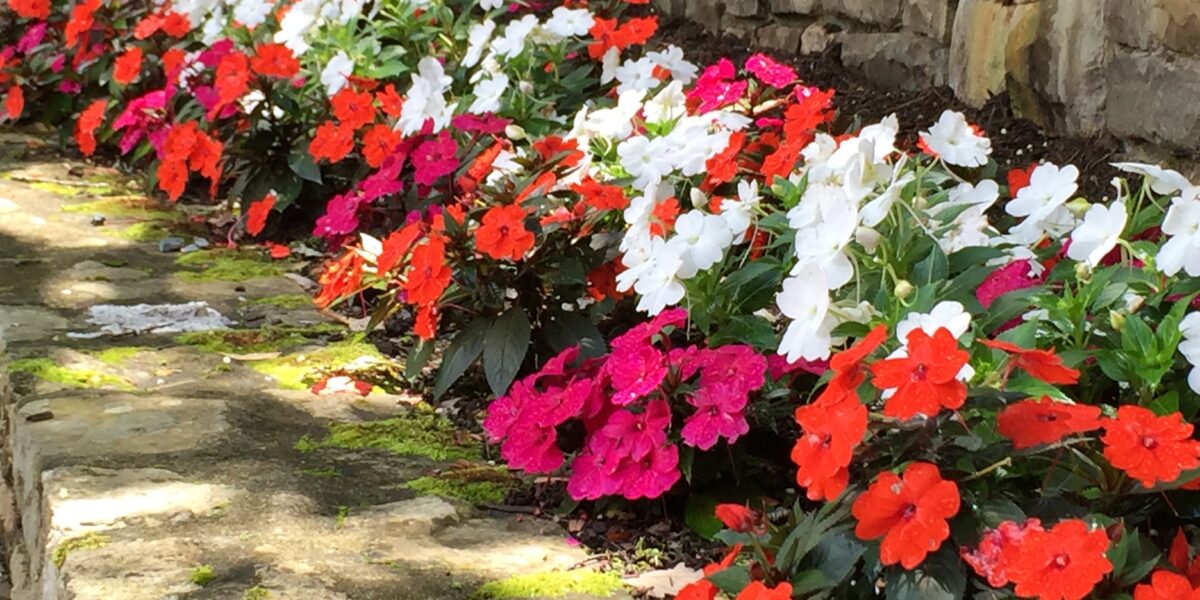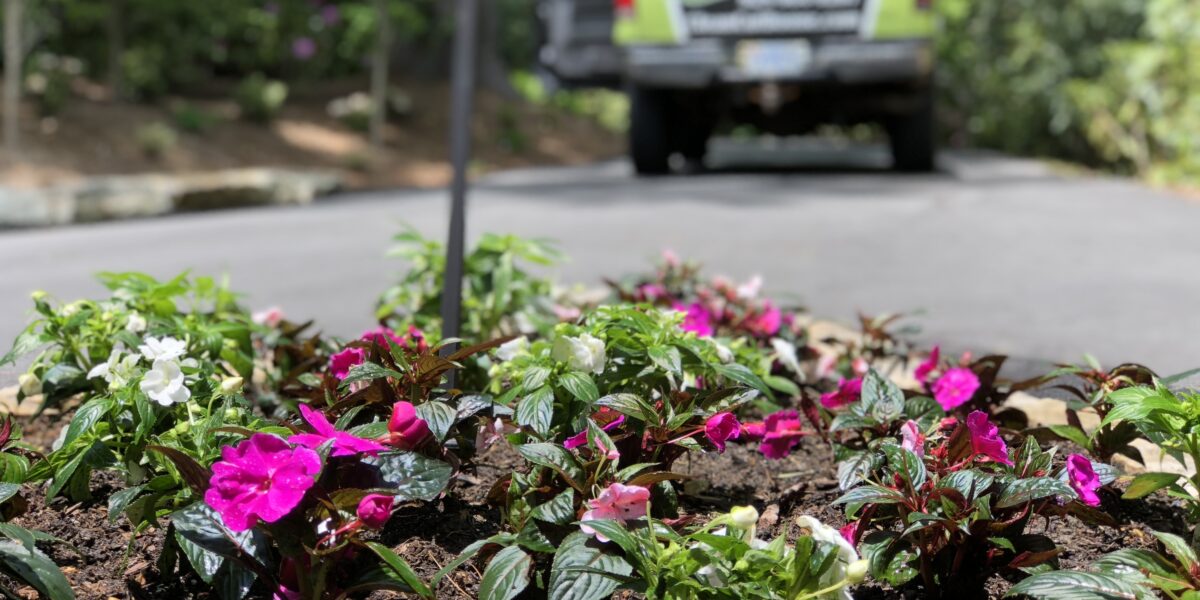As we eagerly wait for spring to arrive, it is time to plan and design your landscape with a diversity of living colors. Herbaceous perennials offer a wide variety of colors, textures, shapes and forms and are relatively low maintenance in comparison to many annuals once they are established. Herbaceous perennials are adaptable to different site conditions, provide all season interest, and attract birds, bees and other pollinators.
When selecting herbaceous perennials, give careful consideration to the site requirement such as winter hardiness, light exposure, soil type and moisture availability. Typically, full-sun-loving perennials require eight hours of light, partial shade perennials need four to six hours of light, and shade-loving perennials need two hours or less. Good soil helps in a successful establishment of perennials. If your soil tends to be compact or drains out too soon, amend it
with organic matters such as compost, rotten manure or peat. Other selection factors such as blooming period, the size and height of the plant, foliage colors and texture also play an important part in designing your perennial bed. Typically, perennials are arranged in accordance to their height, so tall-growing plants don’t shade out the medium- and low-growing plants. To get all-season interest, it is important to select perennials that bloom during different times of the season.
Although annual plants must be replanted every year, and may require a little more maintenance than perennials, there are many reasons to use annuals. Most grow quickly and bloom all season, providing color when perennials are not in bloom. Annuals can be used to fill in empty spots in perennial beds, and are widely used in containers and window boxes. As you design your garden, keep in mind that bright, exciting colors make the garden appear smaller than it actually is. Cool tones, which are more soothing to the eye, will make your garden seem larger. When selecting annuals for your flower beds, remember that the most interesting combinations come from mixing plant sizes and shapes. Large or small, formal or informal, bold or subdued -- whatever your landscape style, annuals can fit pleasantly into the plan.
More Services
- Aeration & Seeding
- Boulder Placement
- Fertilization Programs
- Fire Pits & Fireplaces
- Hardscapes
- Landscape Design
- Landscape Installation
- Landscape Maintenance
- Lawn Maintenance
- Mulch & Pine Straw
- Outdoor Lighting
- Patios, Walkways & Driveways
- Perennials & Annuals
- Planting
- Pruning & Trimming
- Retaining Walls & Stairs
- Seasonal Clean ups
- Snow Removal & Ice Management
- Sod & Hydroseeding
- Trees & Shrubs
- Water Features


